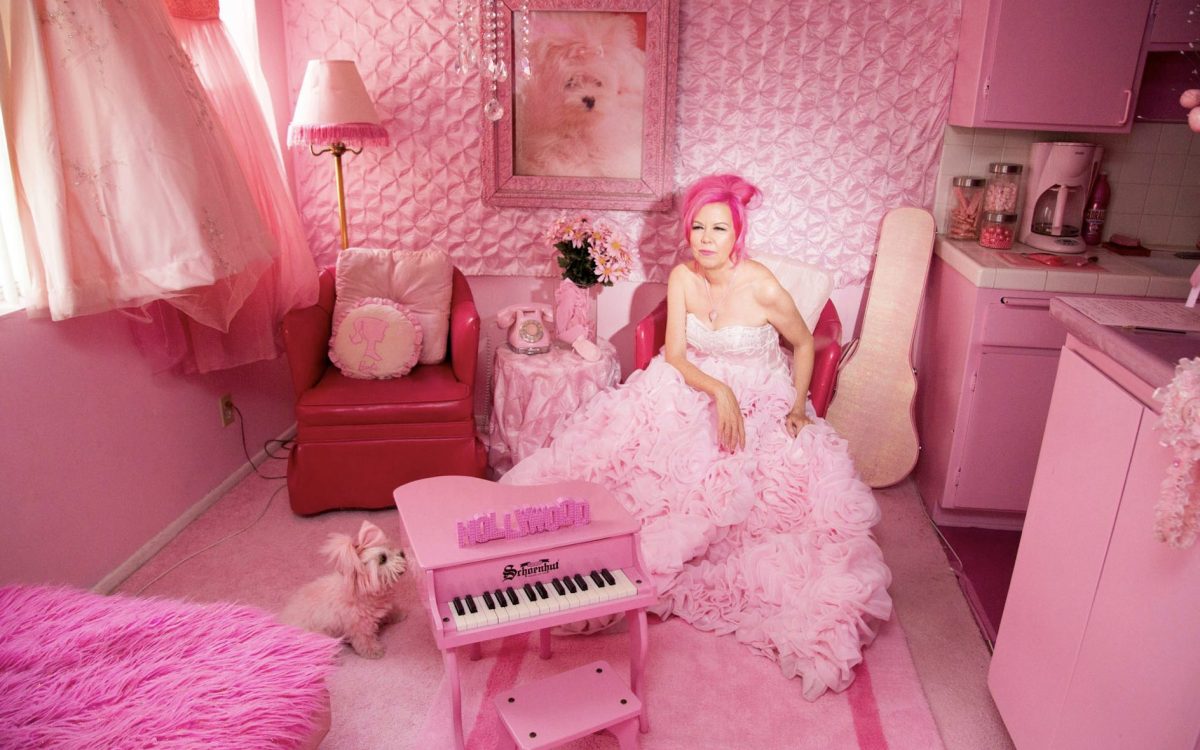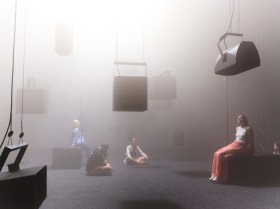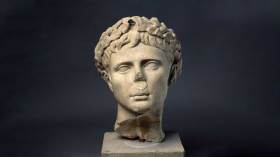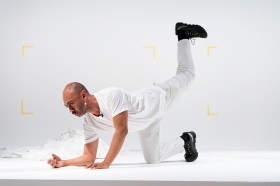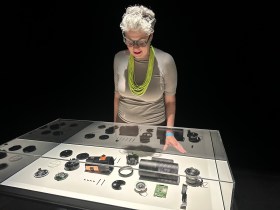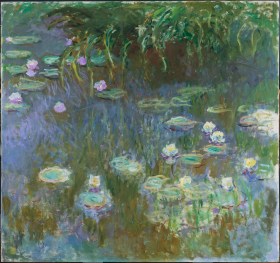‘Careers come in many shapes and sizes,’ said photographer Hugh Hamilton during a recent Head On Spotlight session, a series of live discussions with acclaimed photographers who share insights on their practice.
He continued: ’If I was offered a job I always wanted to see if I could do it, and for the past 10 years I’ve been telling people that the correct answer to almost every question is ”yes, I can do that.”

